Kensington Palace turns spotlight on ‘rich and diverse’ lives of its royal servants
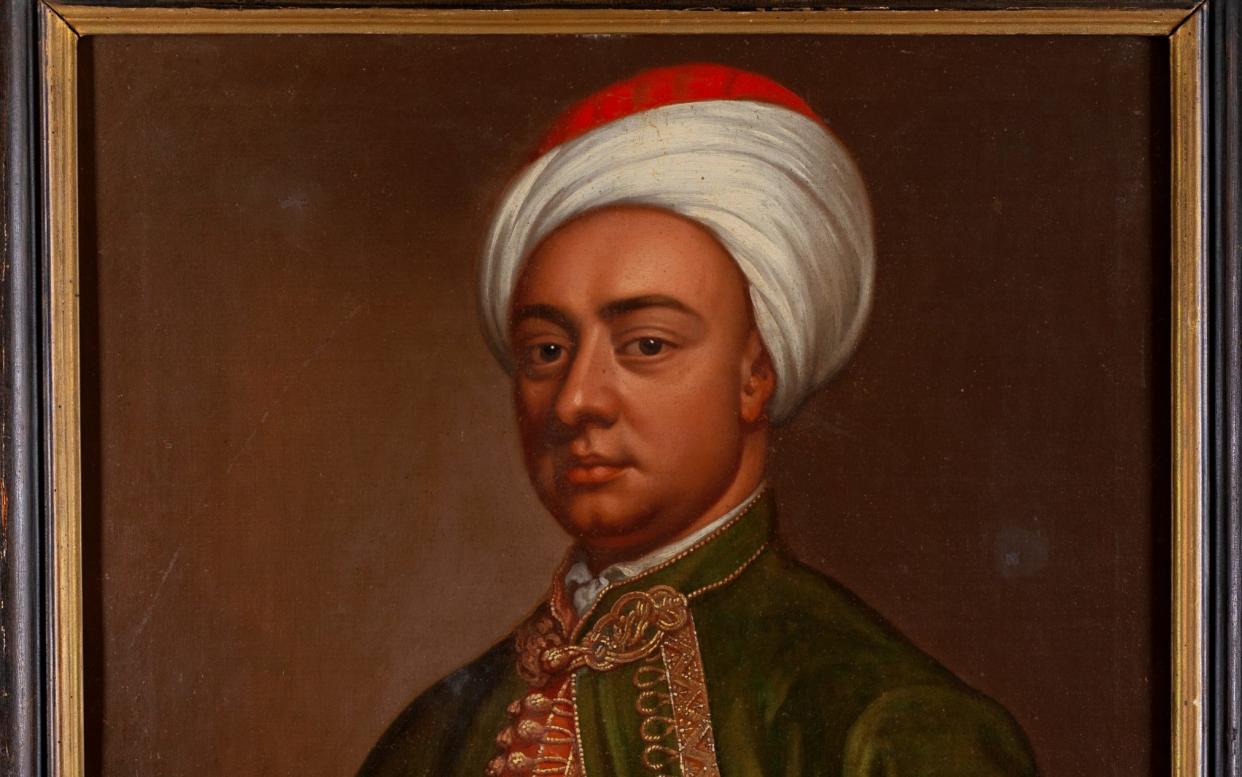
- Oops!Something went wrong.Please try again later.
Kensington Palace is to launch its first exhibition on servants to show the “rich and diverse tapestry of humanity” that formed the backbone of the royal court.
From pages to cooks, wet nurses to ladies-in-waiting, curators said it aims to bring their stories to life and to recognise the critical roles played by a wide range of people in terms of gender, ethnic background and sexual identity.
Untold Lives: A Palace at Work opens at Kensington Palace in March and will focus on the characters who worked at royal palaces from Charles II in 1660 until the end of George III’s reign in 1820.
Mishka Sinha, co-exhibition curator at Historic Royal Palaces, revealed that they had uncovered stories about a gay usher, two Turkish valets and several women who took on traditionally male roles such as rat catcher, brewer and keeper of ice and snow.
“There’s a very wide range of people, and it’s wide in terms of class but also in terms of gender and sexual identity,” she told The Telegraph.
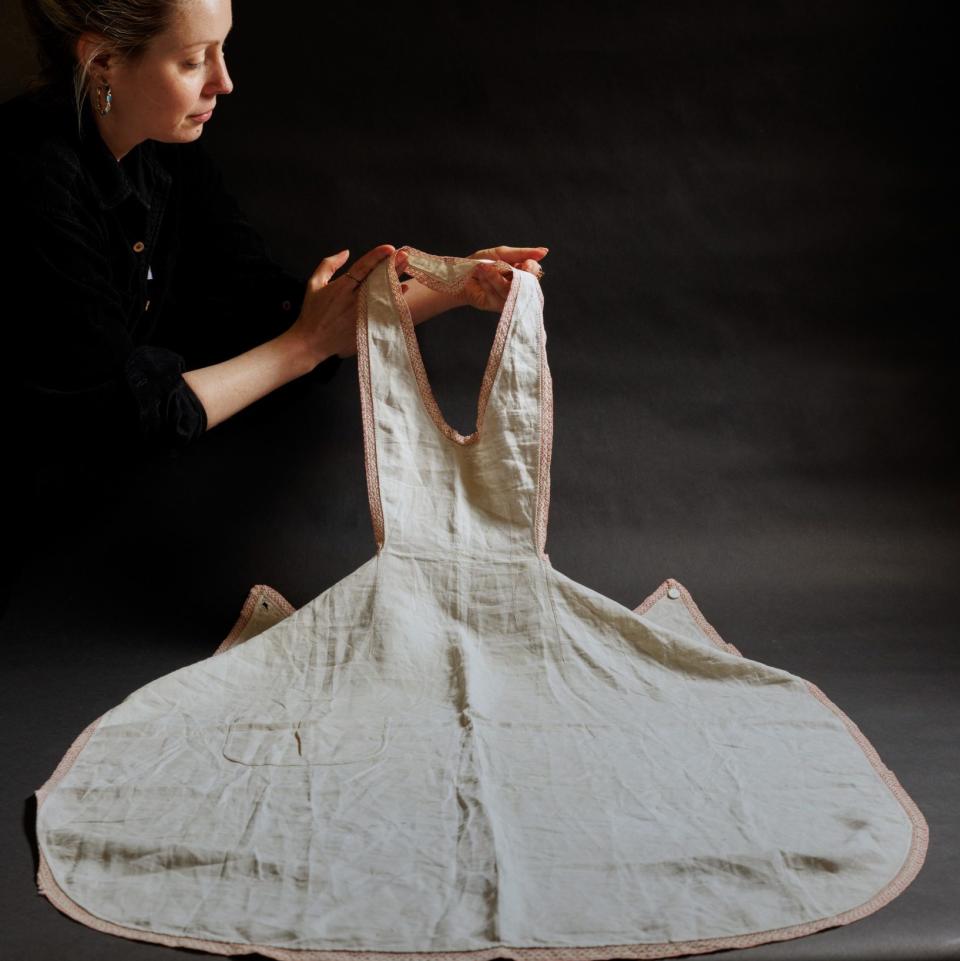
“We have a couple of LGBTQ stories, and others of race and identity and ethnicity – where people came from.
“One of the points of the exhibition is to illustrate just how rich and diverse a tapestry of humanity the palace was in this period.”
One of the servants who features in the exhibition is a gay man called Gustavus Guydickens, who worked as an usher, showing visitors through the palace.
No image of him has been found and so a ceramic artist was commissioned to design a series of plates depicting how his life might have looked.
“He’s tried to create a dialogue with [current] palace staff to find out what they think of that story,” Dr Sinha added.

“We’re trying to bring out how people might feel about that now and how his sexual identity may have impacted his life then, which was pretty badly actually.”
Untold Lives will also focus on the unexpected origins and identities of those who arrived at the palace from all over the world during a time of colonial expansion, religious wars and a fledgling constitutional monarchy.
Certain exhibits delve into the backgrounds of black and Asian royal servants and attendants, among them Abdullah, a wild cat keeper from India, and Mehmet von Könsigstreu, keeper of the privy purse for George I.
Mehmet and his wife Marie Hedwig were believed to be one of the first inter-racial married couples at the Hanoverian Court.
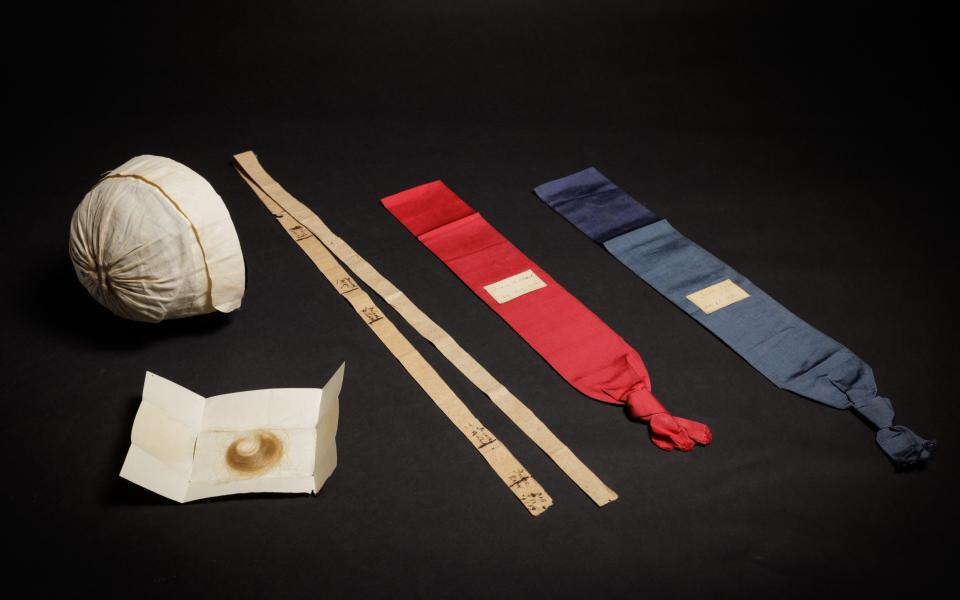
Among the everyday exhibits used to represent specific members of staff is a linen apron that belonged to one of Queen Charlotte’s dressers, Mrs Thielke, a German woman who lived with the monarch until the end of her life.
Curator Sebastian Edwards revealed that it had been in the dresser’s family for centuries but that Historic Royal Palaces had recently taken up an opportunity to buy it.
“It’s a very rare thing and for ages we were unsure if it was what it claimed to be,” he said.
The names of many employees remain unknown but they are represented by objects such as a fire bucket, which is used to illustrate the many occasions servants saved Kensington Palace from burning down.
There is also a measuring tape that wet nurse Anne Percy used to measure the royal children.
“It’s a piece of paper with names and the heights marked off,” Dr Sinha explained. “I love it. It’s a wonderful thing that wouldn’t have remained if someone hadn’t treasured it.
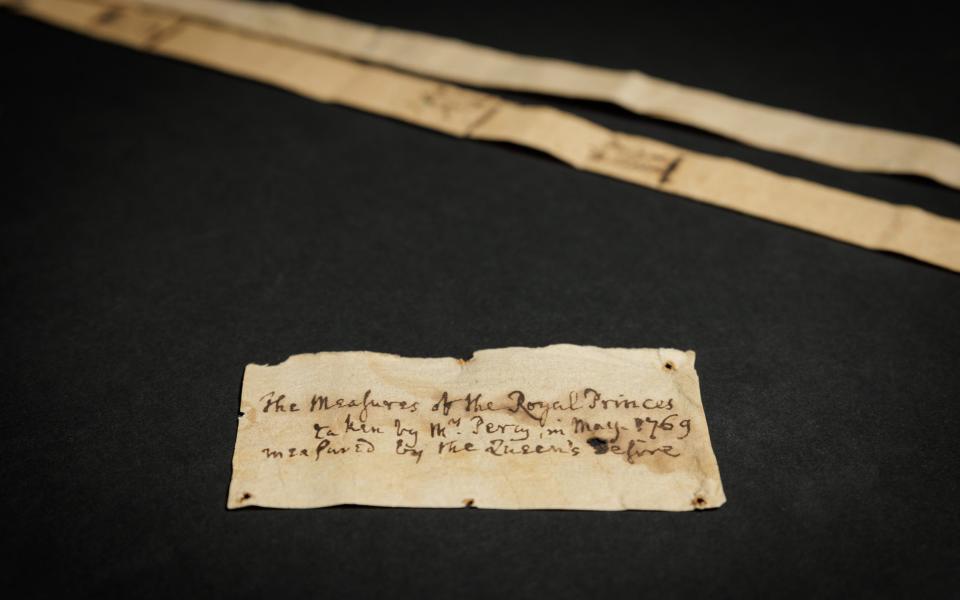
“These objects attest to a childhood that in some ways is very removed from the way we understand childhood, but on the other hand there are these key similarities and parallels.”
A jigsaw cabinet used by governess Charlotte Finch also features.
“The very first jigsaw puzzles were teaching aids for private tuition of aristocratic and royal families,” Mr Edwards said.
“While their father, George III was busily gobbling up parts of the world with things like the East India Company, his children were playing with these maps and learning their geography.”
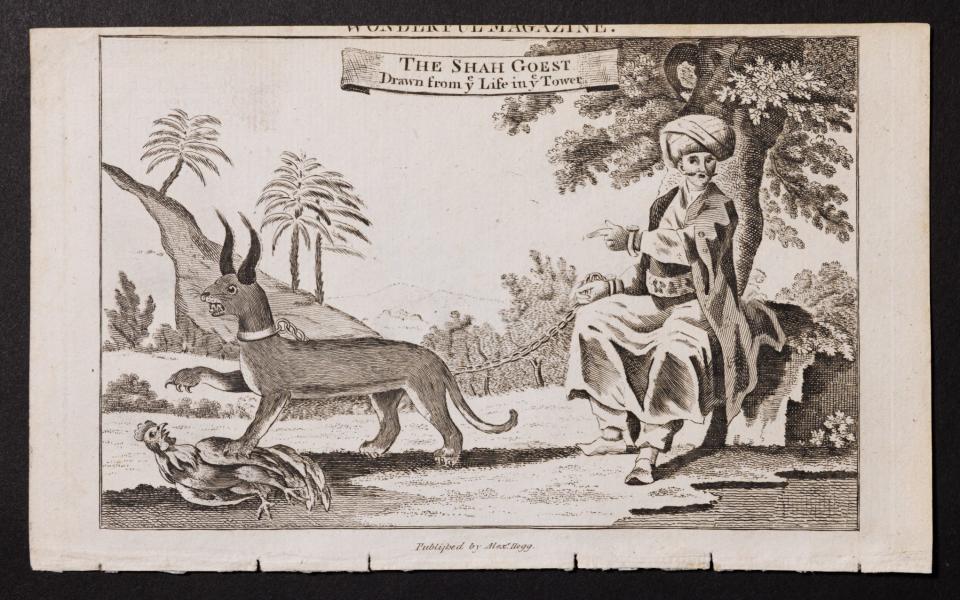
A book that belonged to chef Patrick Lamb is also on display. Court records show that Mr Lamb once lost his temper and threw an object at a junior colleague, prompting Dr Sinha to joke that he was the “Gordon Ramsay of his day”.
Mr Edwards said: “We have selected stories that we think people will relate to because they are incredibly familiar and every day, or they may be very unfamiliar and very strange.”
One of those is Frances Talbot, Keeper of Ice and Snow, whose role was to cut ice from the lakes and ponds in the winter before storing it in an ice house, keeping it insulated for as long as possible to keep the chefs happy.
Ms Talbot is thought to have inherited the job through a father or brother. Meanwhile, a woman called Elizabeth Stubbs had the job of rat killer while another woman worked as a brewer in what was a very male-dominated hierarchy.
The making of Untold Lives: A Palace at Work
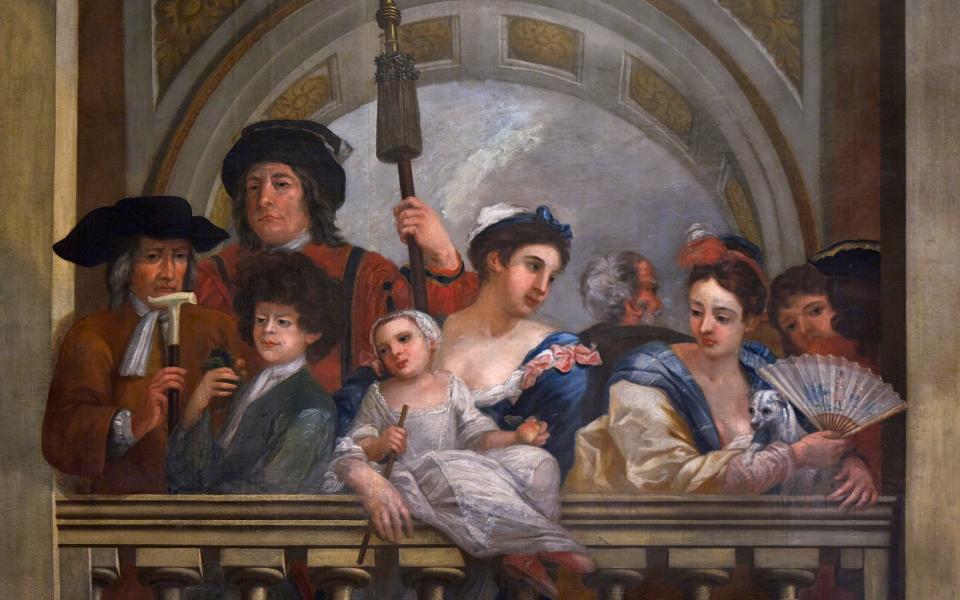
Untold Lives was inspired in part by the elaborate murals on the King’s Staircase at Kensington Palace, which depict members of George I’s court looking down on those who ascend.
The 45 people in the paintings are thought to hail from the royal household, each of them sitting for artist William Kent. Among them are Turkish valets known as Mustapha and Mehmet.
It was unusual, at that time, to depict real people in such paintings, which would more traditionally feature mythological characters.
Ludwig Maximillian Mehmet von Könsigstreu, or Mehmet, was keeper of the privy purse and an influential, and sometimes controversial, figure. A portrait of Mustapha by Godfrey Kneller, never exhibited before in the UK, has been loaned by a private Turkish collector.
Co-curator Mishka Sinha said: “They are really interesting figures because they inform the story of how the palace was made up of people who came with William III from the Netherlands or George I from Hanover and became part of the court.
“Mehmet and Mustapha have a further stage of displacement in that they were probably prisoners of war.
“Both had quite established positions and both married German women. In Hanover, they were established in society, but in Britain, they were quite alien.”
Other figures who feature in the portrait as well as the exhibition include a young boy called Peter, who was found living alone in German woods and brought to Kensington Palace, where he became the subject of intense scientific and public interest, before being sent away.
His inclusion will expose the hierarchies and inequalities within the palaces of the time.
Untold Lives: A Palace at Work opens on 14 March 2024 and is included in palace admission.

